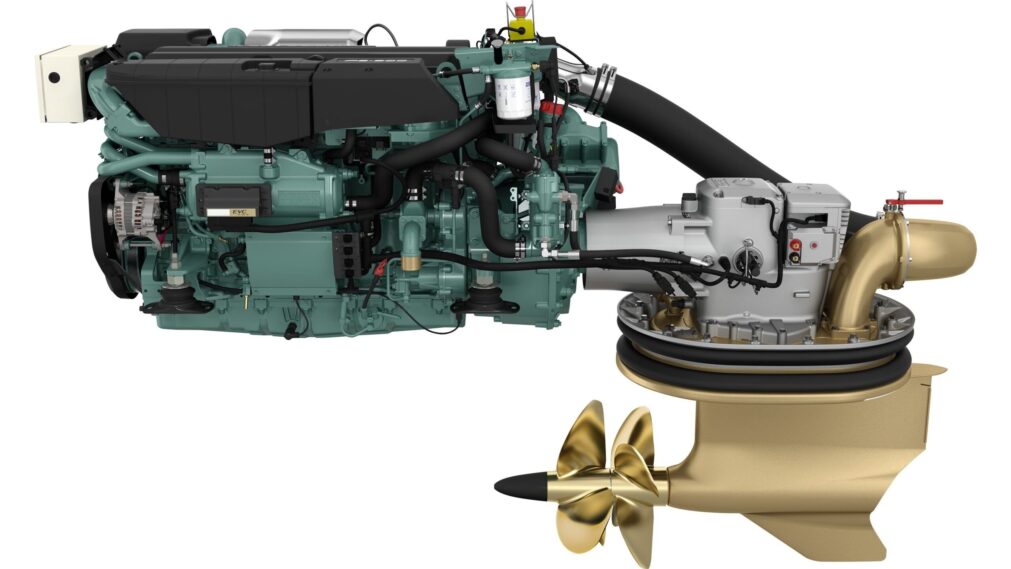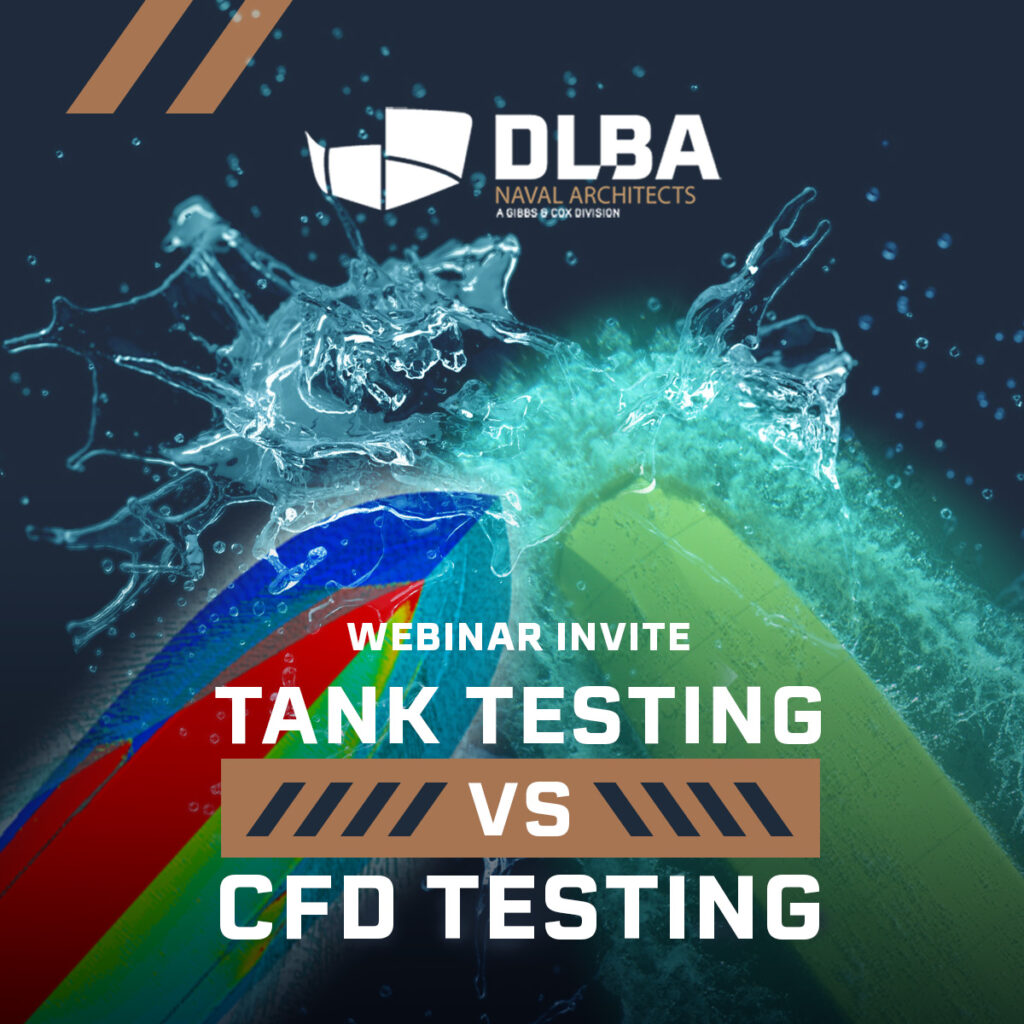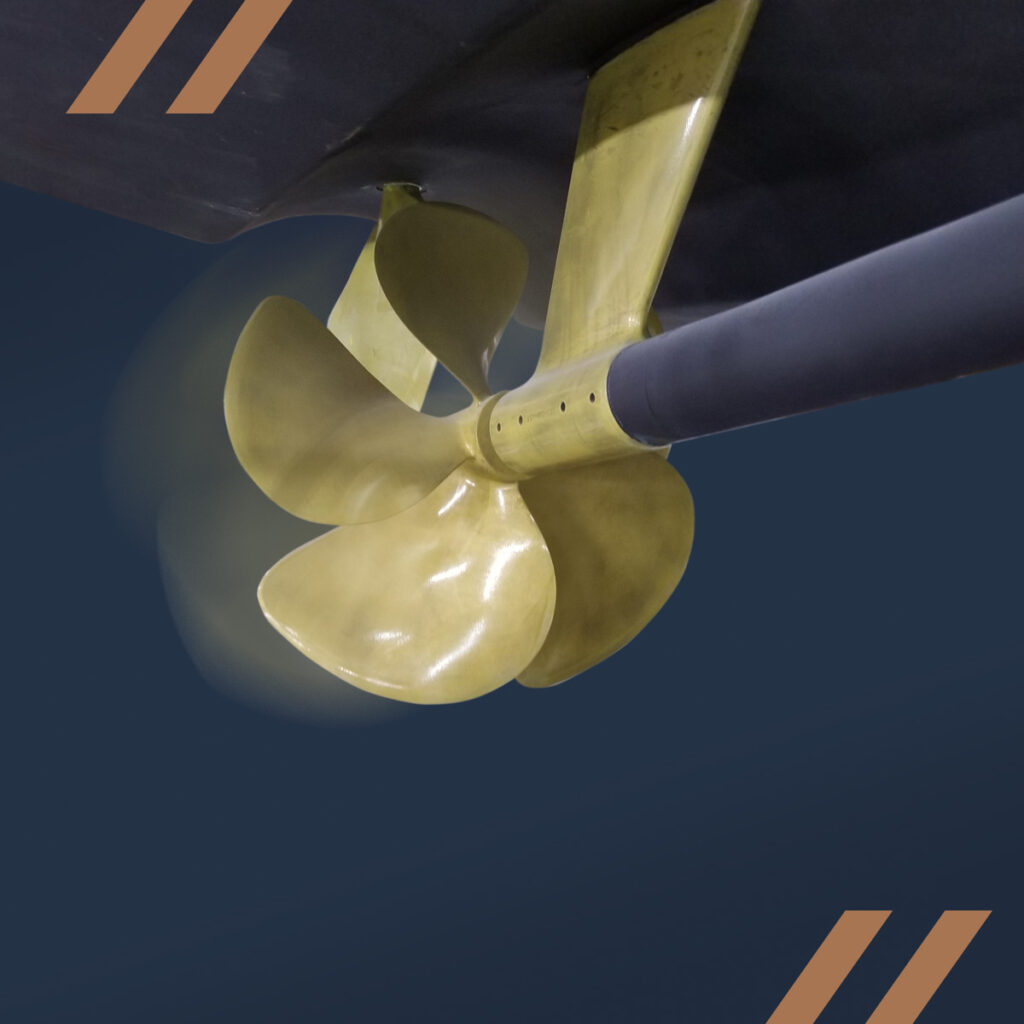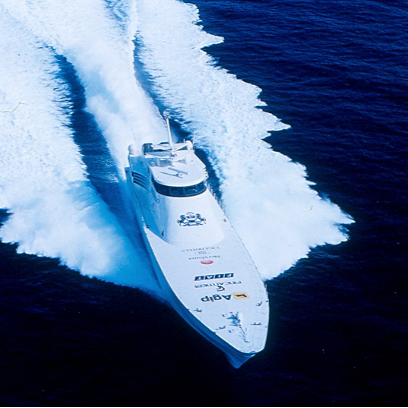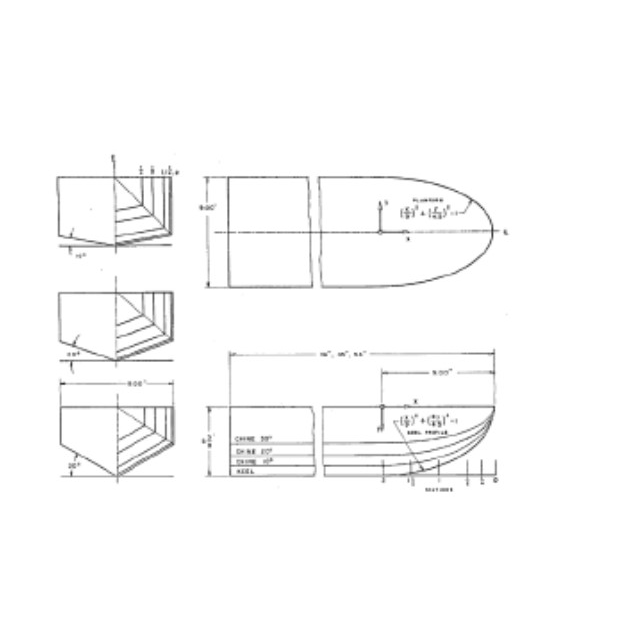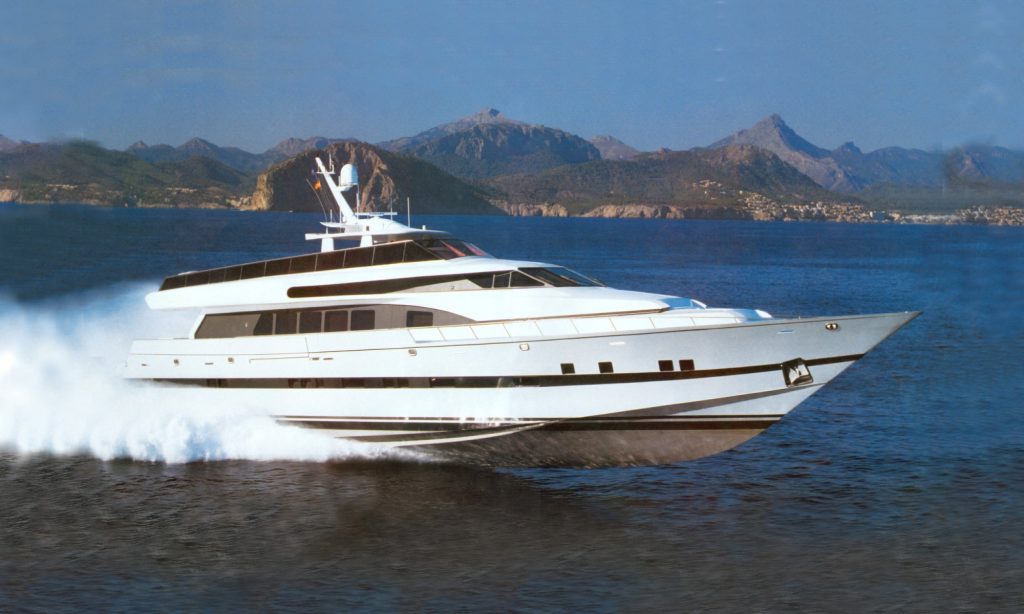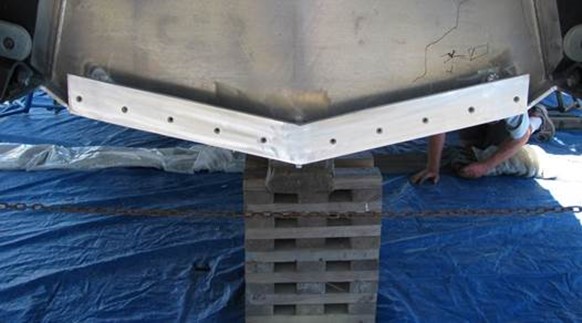An Updated Discussion on Pod Drives
Although the technology had been around for years at large scale applications, pod drives, or podded propulsors, showed up in the recreational boat world around 2005. A new product introduced by Volvo, the IPS, was a disruptor for the small power boat market.
WEBINAR RECORDING > Tank Testing vs. CFD Testing
Our community has come a long way with the prediction of resistance and trim of high-speed planing craft. Once the community amassed enough model test data…
“Powerboat Performance Test” by Donald Blount & Douglas Blount Article from Professional Boatbuilder Magazine
His focus, energy, and dedication led to his book, Performance by Design: Hydrodynamics for High-Speed Vessels. One piece of the legacy knowledge base generated by Donald is our pleasure boat database. The database provides an invaluable design reference with data on over 2,500 boats from 20’ to 150’ in length from boats test articles. Need to sanity check something?
WEBINAR RECORDING > Going with the Flow – Modern Appendages & Ride Control
Sure, your boat looks great above the waterline – but below the waterline is where great performance originates. Tune in to our webinar “Going with the Flow” where together we will explore modern appendages and ride control options that can unlock increased performance of your vessel. Some topics you can look forward to are an introduction to drag, wake adapted appendages, wake control, trim control, and stabilizers.
“Designing for the Atlantic Challenge” by Donald Blount & Louis T. Codega Presentation to The Hampton Roads Section SNAME
This month we look back at one of our founder’s greatest achievements – DESTRIERO. DESTRIERO was designed in the late 1980’s by Donald Blount, with the objective of becoming the fastest vessel to ever cross the Atlantic Ocean. The conceptual design of the vessel required the trade space for hull dimensions to be explored quickly without much information. Donald developed an easily adaptable process, using information available in the public domain to zero in on vessel size to meet a set of requirements.
“Comparative Analysis of Common Methods for Predicting Vertical Acceleration of Hard Chine Planing Monohulls including Correlation to Hydrodynamic Model Test Data”
We talk a lot about going fast here at DLBA. Speed is exhilarating, right? Well, we have to remember that it is not the end-all be-all requirement for water borne craft. There is a little thing called seakeeping, and in its realm, size does matter! Passengers want an enjoyable, comfortable ride – not one filled with large motions and jarring accelerations. The bigger the boat, the softer the ride, but often times you can’t just make the boat bigger.
WEBINAR RECORDING > Electric Propulsion: Pros, Cons, and FYIs
Be it on land, water, or even in air, the drive to become more sustainable and environmentally friendly is becoming more important every day.
Electric Maneuvering and Drive Systems for Advanced Craft
Our Thoughts on this Paper
A planing vessel is a high-performance vehicle. A high-performance vehicle is a vehicle where dynamic forces acting on the vehicle exceed the static forces. For planing hulls, dynamic lift from pressure on the hull bottom provide more vertical force than the buoyant force of water.
Trim Control
Our Thoughts on this Paper
A planing vessel is a high-performance vehicle. A high-performance vehicle is a vehicle where dynamic forces acting on the vehicle exceed the static forces. For planing hulls, dynamic lift from pressure on the hull bottom provide more vertical force than the buoyant force of water.

